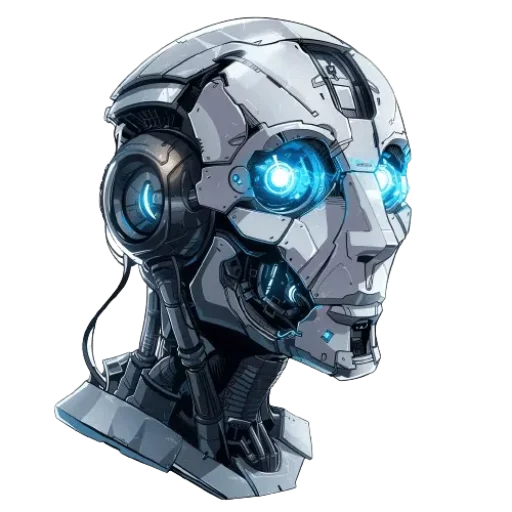Key findings
GenAI is set to impact but not transform the work of hairdressers, hairstylists, and cosmetologists.
These blue-collar workers are unlikely to be automated due to the physical nature of their tasks.
The increased demand for premium beauty services may even lead to a rise in their income share.
While some skills like digital data processing may be automated in the future, the human touch and creativity required in this field make it resistant to major AI disruption.
The unique abilities of GenAI mean that these workers will continue to play a crucial role in the beauty industry.
How could AI or automation replace or complement job activities?
Artificial intelligence, automation, or language learning models like ChatGPT could potentially enhance certain processes within the hairstyling industry.
While they may not fully replace the human touch required for tasks such as analyzing hair types and facial features, providing personalized recommendations, or demonstrating product usage, they could streamline activities like scheduling appointments, maintaining records, and managing inventory.
For instance, AI tools could help in inventory management by automatically tracking product usage and ordering supplies when needed, allowing hairstylists to focus more on client interactions and creative styling techniques.
Job description
Perform beauty services like cutting, coloring, and styling hair, as well as massaging and treating the scalp. Tasks may include shampooing hair, applying makeup, dressing wigs, removing hair, and offering nail and skincare services.



0 Comments